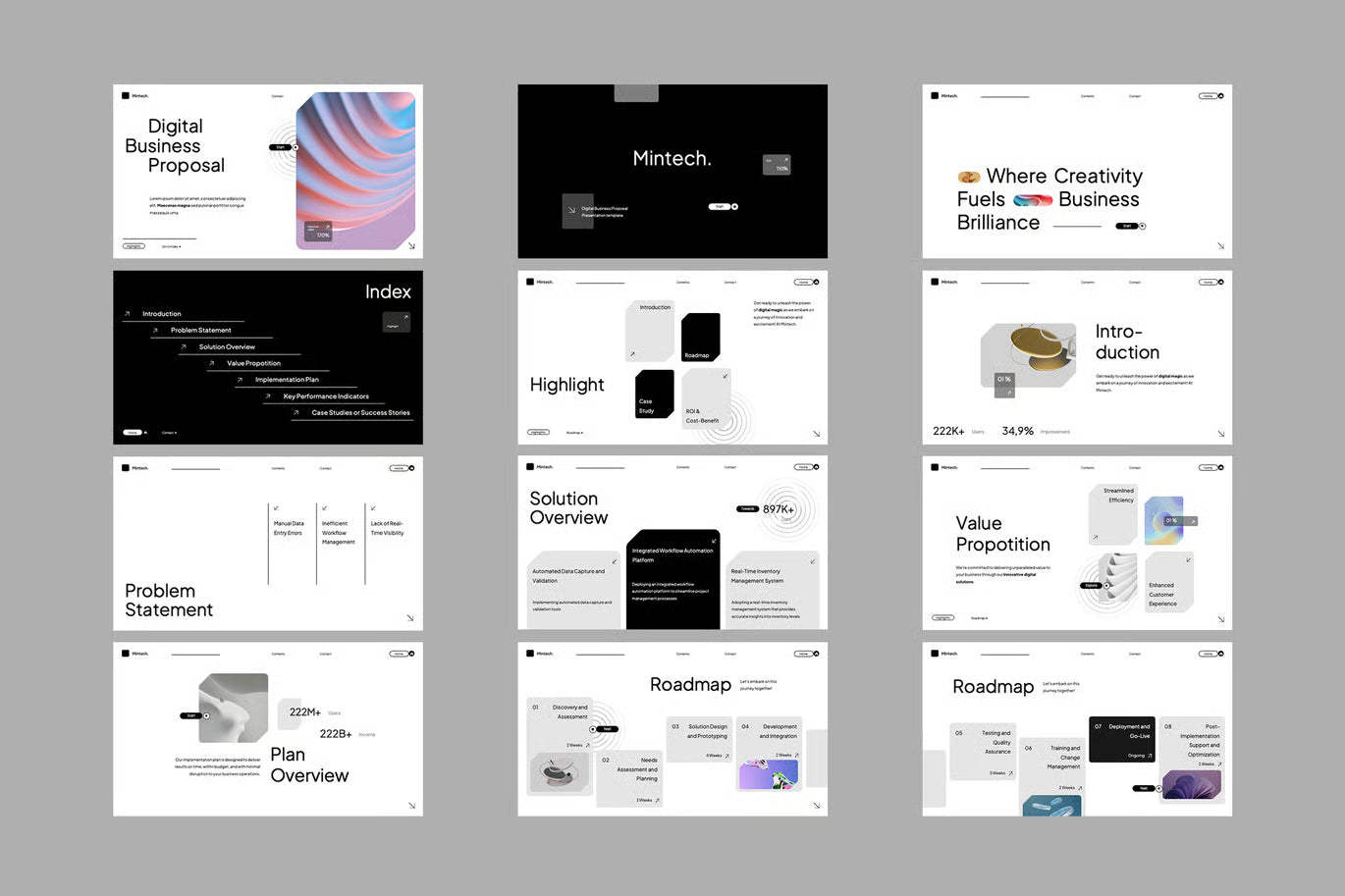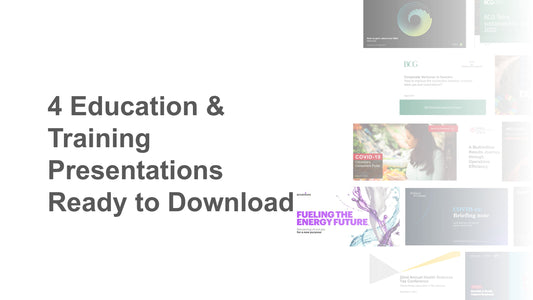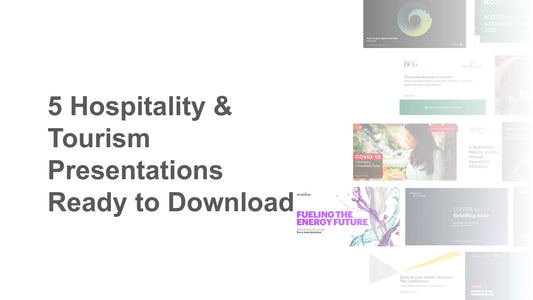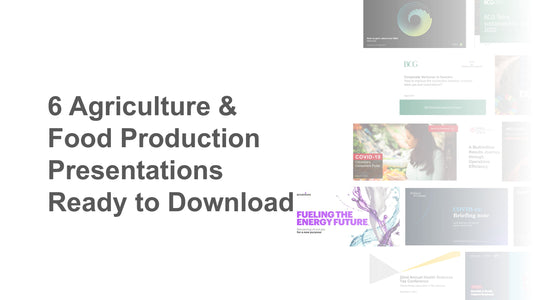Table of Contents
Bain Presentation: 2005 Thanksgiving Holiday
Download Bain Slides (Free)
Case Study: Simplifying Thanksgiving Management
Introduction
The presentation titled "2005 Thanksgiving Holiday Management Survey" by Bain & Company provides insights into the complexities and stresses associated with Thanksgiving celebrations. It highlights the common anxieties faced by hosts and offers strategic recommendations to streamline the holiday experience. This case study will delve into the key findings, objectives, and actionable strategies presented in the survey.
Project Objectives
The primary objective of the survey was to understand the sources of stress related to Thanksgiving and to develop strategies that could simplify the planning and execution of the holiday. The survey aimed to identify:
- The common sources of anxiety for hosts.
- The criteria for a successful Thanksgiving.
- Practical tips to reduce complexity and enhance enjoyment during the holiday.
Key Findings
Sources of Thanksgiving Stress
The survey revealed that nearly 75% of respondents experience anxiety about Thanksgiving, primarily due to the stress of meal preparation. Key sources of anxiety included:
- Meal preparation and cooking.
- Guest selection and invitations.
- Managing table conversations and entertainment.
Criteria for Success
Despite the stress, respondents identified that the key to a successful Thanksgiving lies in enjoying time spent with family and friends, rather than focusing solely on the meal itself.
Recommendations for Simplification
Bain & Company proposed five top simplification tips to help hosts manage Thanksgiving more effectively:
1. Complexity Reduction Planning
Hosts should utilize a Thanksgiving checklist as a master plan. This involves:
- Engaging with guests to understand their preferences and dietary restrictions.
- Planning and delegating the menu to reduce the burden on the host.
- Optimizing logistics to ensure timely arrivals.
2. Guest-Sourcing
Encouraging guests to contribute can alleviate pressure on the host. This includes:
- Assigning roles based on guests' skills, such as cooking, decorating, or cleaning.
- Utilizing non-food items that guests can bring, like extra tables or decorations.
3. Rapid-Results Cooking
To streamline meal preparation, hosts should:
- Plan cooking times and prepare dishes in advance.
- Cook dishes in parallel to maximize efficiency.
- Have a plan for emergencies, such as cooking mishaps.
4. Smart Seating
Effective seating arrangements can enhance the dining experience. Hosts should:
- Group guests with common interests to foster engaging conversations.
- Strategically place guests to facilitate clean-up and avoid conflicts.
5. Crash the Clean-up
To manage post-meal clean-up efficiently, hosts should:
- Delegate entertainment for children and non-cooks to keep them engaged.
- Motivate the clean-up crew by acknowledging their contributions .
Conclusion
The Bain & Company presentation on Thanksgiving management provides valuable insights into the complexities of holiday planning. By understanding the sources of stress and implementing strategic simplification techniques, hosts can create a more enjoyable and less anxiety-inducing Thanksgiving experience. The emphasis on collaboration, effective planning, and smart delegation can transform the holiday from a stressful obligation into a cherished family gathering.
Final Thoughts
As Thanksgiving approaches, hosts can benefit from these insights to ensure that the focus remains on family and friends rather than the pressures of preparation. By adopting these strategies, the holiday can be a time of joy and connection, rather than stress and anxiety.
- Choosing a selection results in a full page refresh.
- Opens in a new window.




